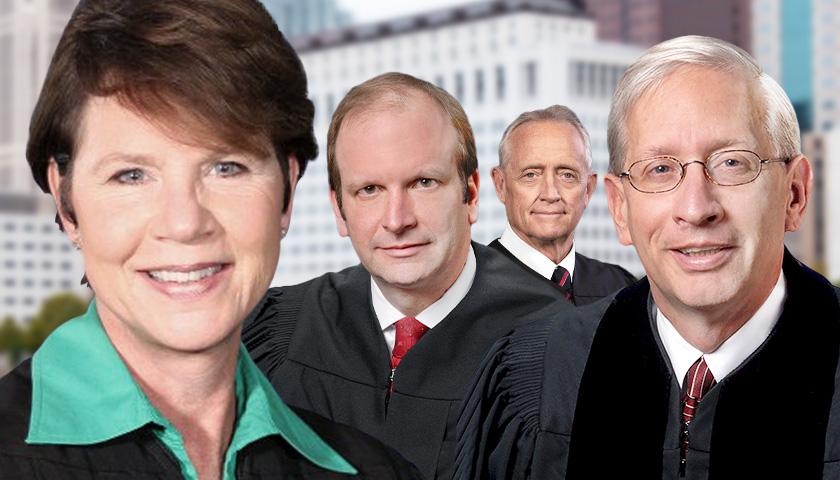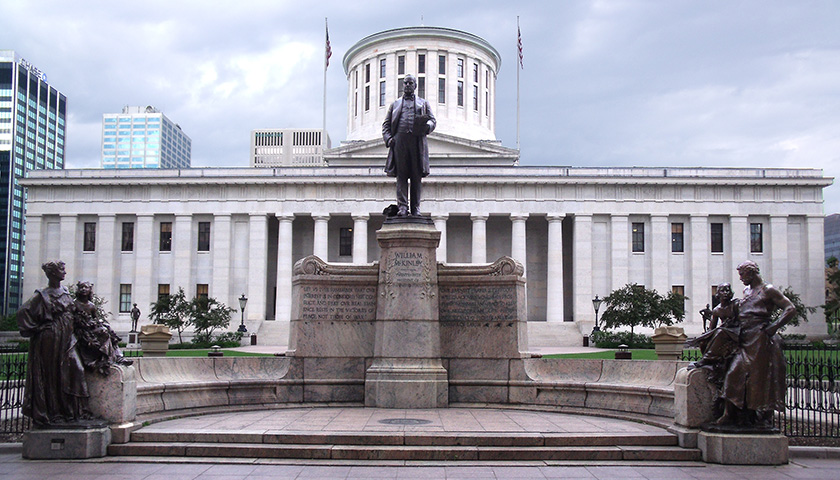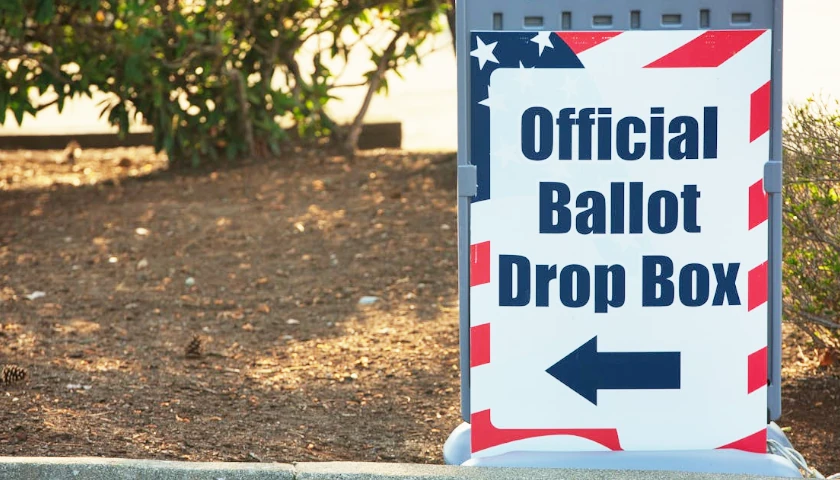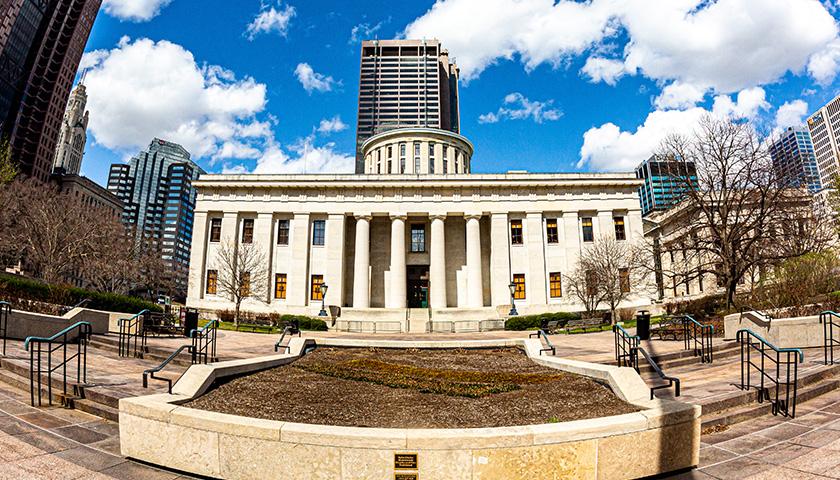The Ohio Supreme Court ruled that the Ohio Ballot Board must rewrite some of the language that will appear as State Issue 1 before voters on the August special election ballot.
In the decision issued by Chief Justice Sharon Kennedy and Justices Pat Fischer, Pat DeWine, and Joe Deters the Ohio Ballot Board (OBB) is to address issues in the ballot text, including one that they said misrepresented the new threshold of voter signatures that amendment campaigns must amass from each Ohio county to be eligible for the ballot.
Issue 1, if approved by voters, would mandate a 60 percent approval percentage for any future constitutional amendments, call for signatures from all 88 counties, and do away with the opportunity to “cure” petitions by collecting additional signatures if necessary.
A Democratic-backed group that opposes Ohio State Issue 1, One Person One Vote, filed a lawsuit with the high court last month requesting that the court order OBB to reconvene and devise new summary text as the group claims the current ballot language is confusing to prospective voters.
The court directed the OBB to rewrite the language to accurately explain the requirements for gathering signatures in each county.
According to the ruling, State Issue 1’s ballot text misrepresented the minimum number of signatures that amendment campaigns need to collect from each of Ohio’s 88 counties. The ballot language summary says that the amount was equivalent to 5 percent of the eligible voters in each county. In contrast, the amendment’s language states that the percentage equals 5 percent of the votes cast in each county in the most recent governor’s race.
“Because not all electors vote in a gubernatorial election, the ballot language here overstates the number of signatures that would be needed to qualify an initiative petition for the ballot,” the ruling says.
The ruling also directed the ballot board to remove the term “any” from the title of the ballot wording. The reason for this is that “any” constitutional change is exempt from the signature collection procedures. They only apply to those that the general public proposes. In addition, the Ohio legislature may propose amendments with 60 percent of the house and senate’s support or by a constitutional convention.
Following the ruling, One Person One Vote said, “We’re glad the Ohio Supreme Court ordered the changes.”
The court dismissed one concern listed in the lawsuit that the proposal does not list the current requirement for a constitutional amendment.
The court’s three Democratic justices, Jennifer Brunner, Michael Donnelly, and Melody Stewart, dissented from the Republican majority ruling saying that the word “elevating” should not appear on the ballot and that the language should include the current requirements for a constitutional amendment.
Ohio Secretary of State Frank LaRose‘s spokesperson Rob Nichols told The Ohio Star that LaRose will follow the high court’s orders.
“Our goal in approving the ballot language for Issue 1 was to make it as clear and concise as possible. The court has ordered us to put a more complex explanation on the ballot, which we know can often lead to voter confusion, but we’ll follow the court’s directive,” Nichols told The Star.
In a separate complaint, One Person, One Vote argues that lawmakers unlawfully set up the August special election and asks the court to halt it. The court hasn’t made a decision on the lawsuit, although One Person One Vote filed it before the lawsuit contesting the language on the OBB. LaRose, through the Ohio Attorney General‘s Office, asked the high court to throw out the lawsuit.
– – –
Hannah Poling is a lead reporter at The Ohio Star and The Star News Network. Follow Hannah on Twitter @HannahPoling1. Email tips to [email protected]
Photo “Sharon Kennedy” by The Supreme Court of Ohio. Photo “Pat Fischer” by The Supreme Court of Ohio. Photo “Pat DeWine” by The Supreme Court of Ohio. Photo “Joe Deters” by The Supreme Court of Ohio. Photo “Ohio Supreme Court Building” by Sixflashphoto. CC BY-SA 4.0.





